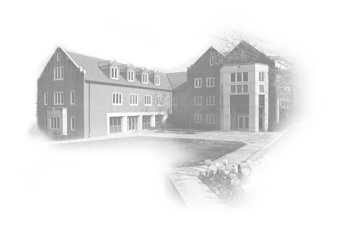Project Profile
PESA
Emerging HPC systems require innovations in infrastructure to deliver optimal performance for science domains. The MPI 4.0 standard introduces new opportunities for co-designing applications, including partitioned point-to-point, collective operations, and neighborhood collectives. GPU-based compression techniques provide an attractive option for optimizing communication. With these advances, updating widely used tools and libraries foundational to the NSF’s HPC cyberinfrastructure is critical. The Performance Engineering Scientific Applications with MVAPICH and TAU using Emerging Communication Primitives (PESA) project addresses this challenge, leveraging a co-design approach using the MPI_T API in the MVAPICH2 and TAU libraries with scientific applications. PESA focuses on two HPC applications: Anelastic Wave Propagation (AWP-ODC) and Highly Efficient FFTs for Exascale (heFFTe). AWP-ODC, a scalable finite-difference application with point-to-point operations, enables 3D earthquake calculations. HeFFTe, dominated by collective operations, provides an efficient, scalable implementation of Fast Fourier Transform (FFT) operations.



